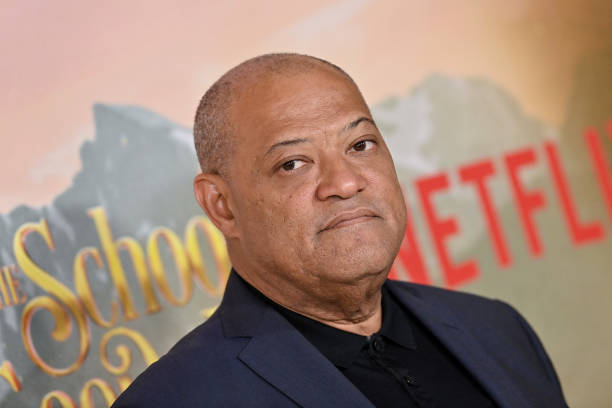Actor Laurence Fishburne recently opened up about getting therapy after being physically abusive with his first wife.

Fishburne is known for his powerful role of Ike Turner in the 1993 Tina Turner biopic “What’s Love Got to Do with It”. He made an appearance on the Jemele Hill Is Unbothered podcast where she asked him how he got himself prepared to take on that type of role. While responding to the question Fishburne opened up about the personal experience that shaped his portrayal of Ike.
RELATED:Yahya Abdul-Mateen II To Take Over Laurence Fishburne’s Role As Morpheus For “Matrix 4”
“Having had some experience with that as a young man, I did a lot of counseling,” Fishburne said. “I found a great African American therapist who helped me deal with my anger issues, because I had been physical with my first wife.”
What’s Love Got To Do With It. People were calling him Ike Turner & using his image for years. Laurence Fishburne played the abusive jerk so well. I forgot he was acting. He is a phenomenal actor & just won his Emmy. Iconic in Boyz in the Hood. Great job in School Daze. pic.twitter.com/4WHIdEt9cB
— Shani Harris (@shanikharris) July 12, 2021
“I got married when I was twenty-three years old, my first wife was twenty-one,” speaking about his ex-wife Hajna O. Moss. “and our relationship was very volatile. And I was physically abusive with my first wife, to my regret and to my shame.”
Fishburne was in therapy for five and used his past experience when prepping for the role of Ike Turner, who was physically abusive to Tina Turner during their marriage. “So, I was very familiar with the territory and with the emotional landscape of what, you know, brings a person to that place,” he explained. “Where they feel the need to be abusive to their partner.”
#LaurenceFishburne Admits That As A Young Man He Was Physically Abusive To His 1st Wife & He Went To Therapy + Says He Regrets It & “Had To Go & Get Some Help” For 4 To 5 Years (@jhillunbothered) pic.twitter.com/I9LfeTRwuR
— theJasmineBRAND (@thejasminebrand) November 21, 2022
RELATED:10 Actors Who Never Received An Oscar
He also spoke about if he knew what his possible triggers were that made him tap into the type of behavior during his first marriage. “I didn’t really, specifically, work on the source of my anger.” He said.
“It was really about how to recognize it when it was coming up, what my triggers were, and what were the behaviors that I could use that would counter it. That would help me to move in a different direction.”

